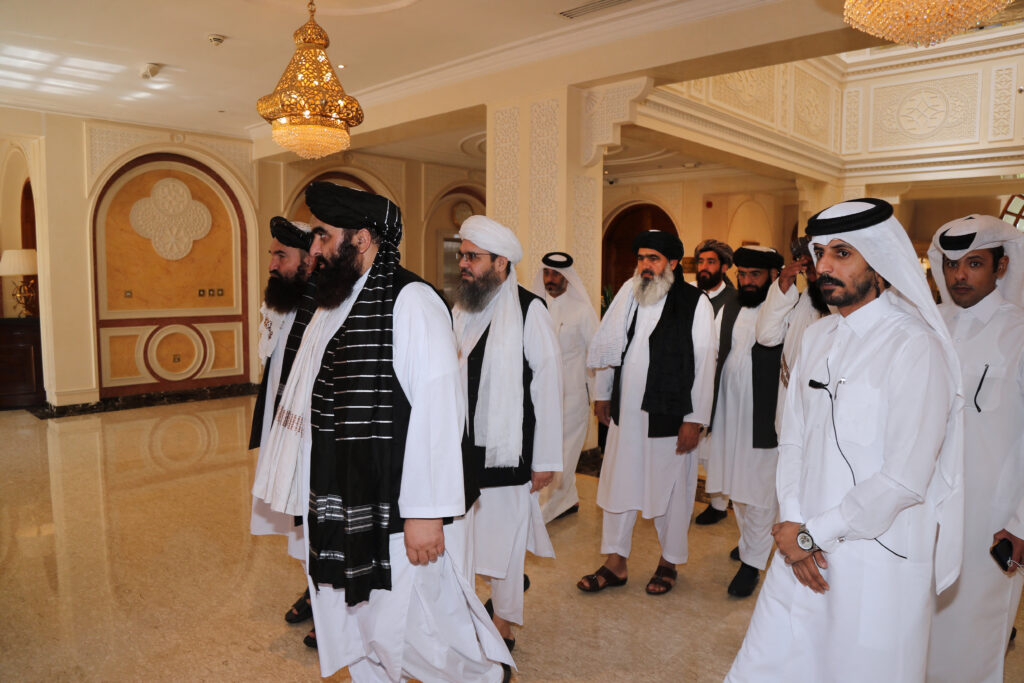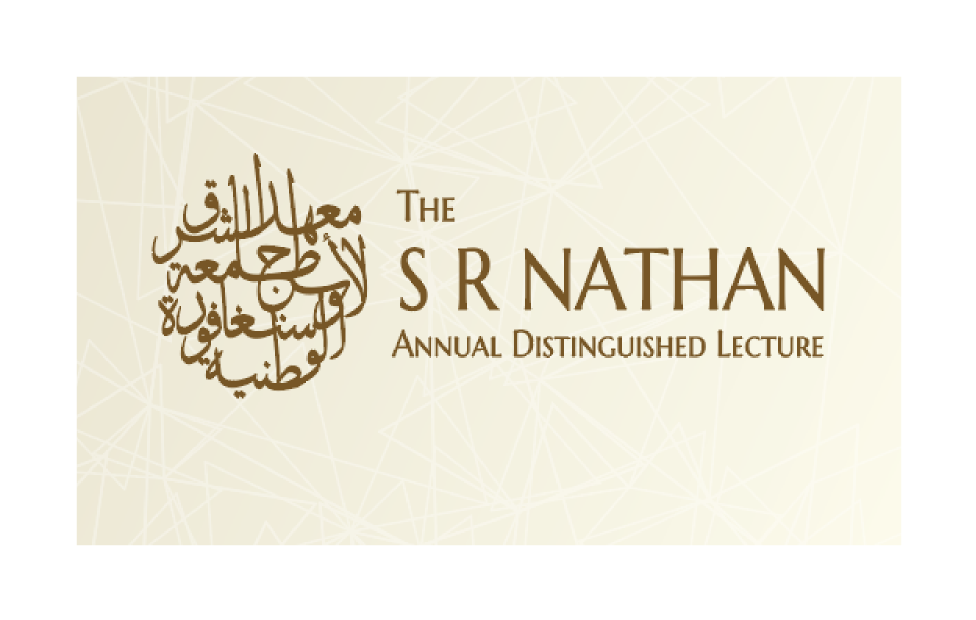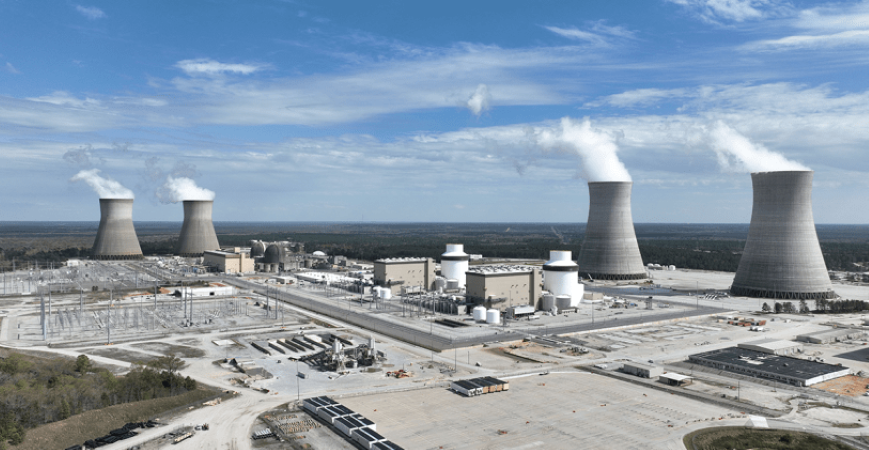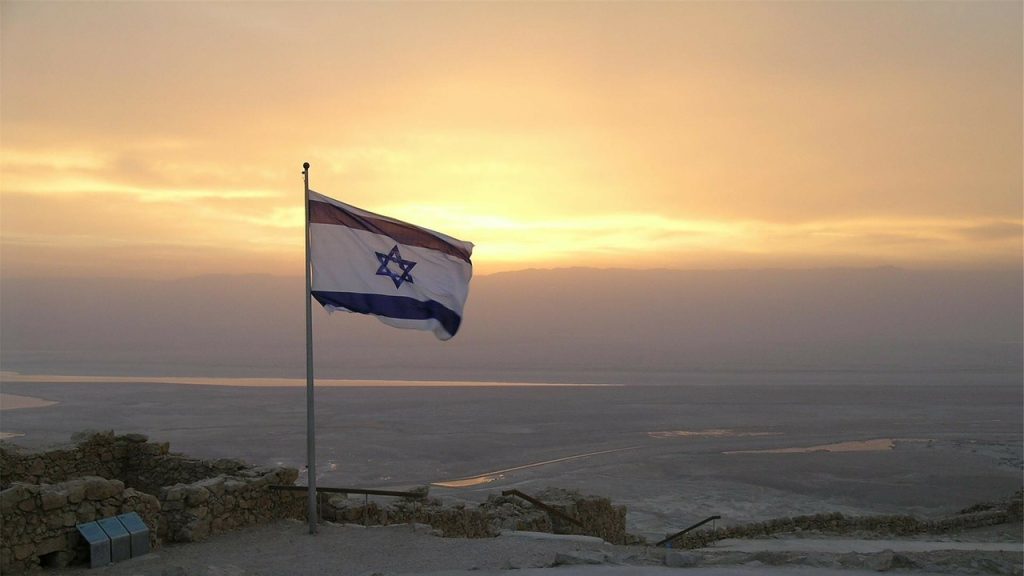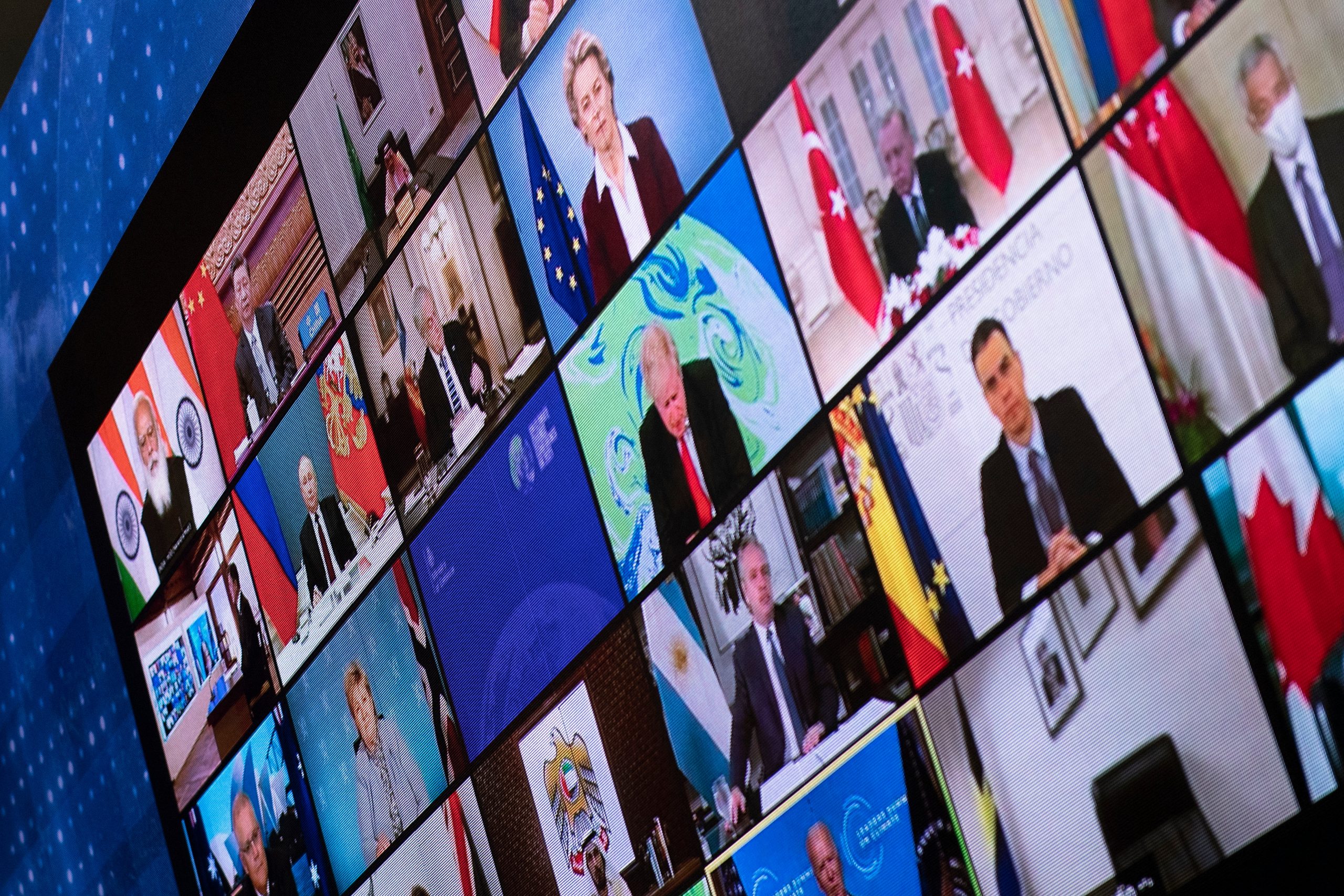
- 08 Jun 2021
China: Full Steam Ahead in the Gulf?
 |
 |
This event is jointly organised by Political Economy and Diffusion of Ideas-Gulf Cluster of the Middle East Institute NUS, in collaboration with the Italian Institute for International Political Studies (ISPI).
Abstract
In a recent phone conversation between Chinese President Xi Jinping and Saudi Crown Prince Mohammad bin Salman, the former expressed support for the kingdom’s initiatives in climate governance and sustainable development. What is noteworthy is Beijing’s willingness to push its strategic partnership with Riyadh to a “new level”. This move comes after China’s decision to make the UAE its regional base for vaccine production, in a collaboration between Sinopharm and Abu Dhabi’s G42. Is China’s footprint in the Persian Gulf expanding beyond economics and moving into health and green initiatives adding to its array of soft power tools in the region and beyond? Will its move to chair a UN Security Council meeting on the Israel-Hamas crisis solidify ties with Gulf states?
The panel, moderated by Dr Alessandro Arduino, Principal Research Fellow from Middle East Institute (NUS), in collaboration with the Italian Institute for International Political Studies (ISPI), will tackle these and more.
This public talk will be conducted online via Zoom on Tuesday, 8 June 2021, from 4.00pm to 5.30pm (SGT). All are welcome to participate. This event is free, however, registration is compulsory. Successful registrants will receive a confirmation email with the Zoom details closer to the date of the event.
Image caption: (From L-R)Russia’s President Vladimir Putin, China’s President Xi Jinping, Turkey’s President Recep Tayyip Erdogan, United Kingdom’s Prime Minister Boris Johnson, US President Joe Biden and others are seen on a screen during a climate change virtual summit from the East Room of the White House campus April 22, 2021, in Washington, DC. (Photo by Brendan Smialowski / AFP)
Listen to the full event here:
Watch the full event here:
Read the Summary of Event Proceedings:
By Herman Lim
Research Assistant, Middle East Institute, National University of Singapore
In previous talks, MEI (NUS) has looked into the relationship between China and the Gulf from a security angle, through the Digital Silk Road initiative and by studying how smaller countries like Israel and Singapore are navigating China-US friction in the Gulf region. This joint webinar hosted by MEI-NUS and the Italian Institute for International Political Studies (ISPI), on the other hand, looks at how China and the Gulf are working together to develop the green economy, boost health diplomacy and partake in ongoing socio-religious co-operation.
MEI Principal Research Fellow Alessandro Arduino, who was moderated this session, asked each of the four distinguished speakers a question that guided the overall content of their presentation.
1) Dr Jonathan Fulton
Question: Could you give a broader picture of China’s relationship with the Gulf, especially in how the Belt and Road Initiative (BRI) overlaps with the Gulf’s vision for its own development? Can you go into detail with regards to the UAE?
Dr Fulton argued that energy is a common way of looking at China’s relations with Gulf countries but it is a far too narrow framework. Indeed, while energy was the foundation to how many of these relations started, the BRI has become a major facet of China-Gulf relations since 2013. Recognising the importance of the Gulf as the centre of major transit routes between Africa, the Mediterranean, South Asia and the wider Indian Ocean, China’s regional policy has been shifting in favour of the Gulf and the Arabian Peninsula is the anchor of China’s Middle Eastern ambitions.
Connectivity is what the Gulf can offer for extra-regional powers such as China. Dr Fulton stated that while a lot of attention is being paid to China-Iran relations, he thinks it is a partnership that has been exaggerated over the years. To substantiate, he stated that when China’s foreign minister Wang Yi made a big visit to the region earlier in March this year, he stopped by Iran and announced that a comprehensive strategic partnership was being signed by the two countries. Such a move made many nervous but little attention was given to his visit to Abu Dhabi the day after, to discuss China-UAE partnership for vaccine distribution. The China-Iran partnership was first discussed in 2016 but only took off five years later. China signed a similar partnership with the UAE in July 2018 and this partnership has already grown such that the UAE has become China’s most important regional partner. Therefore, the UAE, out of all the countries in the Middle East, stands to offer China the most in terms of connectivity.
Dr Fulton also stressed that present analyses on the BRI, which often focus exclusively on physical infrastructure such as ports, pipelines and highways being built by China, misrepresent what the BRI really is. If one looks at the BRI White Paper announced back in 2015, China had highlighted five co-operation priorities, the chief of which being policy coordination: working together on political issues of shared importance with partner countries. While the BRI was predicted to decline in a global market battered by the Covid-19 pandemic, in reality, the policy co-ordination aspect of the project has only increased, including the Digital and Health Silk Road initiative which China is doing in many Gulf countries. Saudi Arabia’s Neom project, a new artificial intelligence-driven city, for example, is one of those initiatives. The UAE’s involvement in vaccine production and distribution across the region is also another part of this project.
Lastly, Dr Fulton mentioned that one cannot look at China’s involvement in the Middle East without considering the wider geopolitical battle between China and the US. Beijing and Washington have both come to the conclusion that great power competition is defining the relationship at this point and in many regions around the world, China-US relations are inherently competitive. However, this is not necessarily true in the Gulf where there is a lot of room for policy co-ordination, with the two sides having shared interests. Leaders of the Gulf region want to maintain a balanced approach in order to co-operate with both superpowers. While it remains to be seen how sustainable such an approach might be in the long term, it is presently still a possible endeavour.
2) Dr Jacqueline Armijo
Question: Tell us about Chinese footprints in the education and cultural relations of the Gulf region. Can you expand on the growing role of the Chinese Muslim diaspora in the UAE?
Elaborating on the cultural dimensions of the China-Gulf relationship, Dr Armijo discussed the following topics: (1) a review of some of the early trade between the two and the long-term cultural impacts of this early exchange; (2) an extraordinary art exhibition involving the works of Chinese artist Cai Guo-Qiang taking place in Qatar back in 2012 that built on these early ties; (3) a recent major initiative to introduce Chinese language instruction in primary and secondary schools across the UAE—on a smaller scale in Saudi Arabia—and how this is part of China’s huge education and research soft-power projects related to the BRI; and (4) the role of Dubai’s Chinese Muslim community in facilitating China-UAE economic relations in a cultural context.
Early trade between China and the Gulf
It was not until 20 years ago that historians realised the extent of China’s trade relations with the Gulf in the past. Referring to the Belitung shipwreck, which is presently housed in the Asian Civilisations Museum in Singapore, Dr Armijo said that this early 9th century dhow ship was originally built in Oman and it was heading back to the Middle East after picking up about 7,000 goods in Guangzhou, China, when it sank off the coast of Indonesia. When the remains of the ship were excavated in 1998, thousands of objects that had been custom-made in kilns across China for different markets in the Middle East, were uncovered.
Among the many fascinating components of this discovery was the fact that, although most historians equated the famous Chinese blue-and-white porcelain with the later period (especially the Ming dynasty), this boat contained one of the earliest examples of this blue-and-white porcelain. The blue pigment is cobalt obtained from Iran. Dr Armijo wanted to mention this discovery because of how early Muslims were travelling back and forth between the Gulf and China and the extent to which this trade had already become quite developed by the beginning of the 9th century.
Although Muslims originally settled in Guangzhou, a much larger community settled later in Quanzhou. The Qingjing mosque, or Al-Ashab mosque in Arabic, was built around the year 1080 and its remains are now a museum. Sultan Qaboos of Oman had recently financed a brand new mosque next to this historic site. There are officially ten Muslim communities—the largest being the Hui—currently recorded in China, who are largely descendants of traders from the Middle East and Central Asia, settling in China first during the Yuan dynasty. To this day, there are still remnants of traditional Islamic architecture in Quanzhou, throughout the old parts of the city.
Cai Guo-Qiang’s exhibition in Qatar
Moving onto contemporary imaginings of this historical relationship between China and the Gulf, Dr Armijo discussed how Sheikha Al Mayassa of Qatar invited Cai Guo-Qiang back in 2012 for a solo exhibition. Although he is not Muslim, Cai grew up in Quanzhou and since his childhood, he understood the importance of the history of Islam in China—incorporating this theme into his art. One project involved getting local artisans from Quanzhou to carve the epitaphs from the tombstones of early Muslims into boulders, which were then shipped to Doha. He is also known for working with gunpowder, where he first creates a stencil, which is then cut out by hundreds of volunteers. Gunpowder is then placed on top of the stencil, where it is ignited so that the images are burnt onto the canvas.
China is now spending a lot of time promoting different forms of heritage and culture under the premise of the historical Silk Road. Cai-Guo Qiang’s early independent collaboration with Qatar, however, took place long before these Chinese ambitions and it struck both Qataris and other Gulf Arabs at the time. Based on interviews with the exhibit goers, Dr Armijo mentioned how many pondered what it must have been like to be one of those traders from centuries ago who travelled and settled in China.
Chinese language education and soft power in the Gulf
The Chinese language is now being taught in about 100 primary and secondary schools in the UAE, up from 11 when the initiative first began in 2017. The programme is unique in that, while China usually provides scholarships for foreign students to study Chinese in China and then become Chinese language teachers in their home country, it is investing a lot of its own sought-after Chinese teachers to teach in the UAE itself. This initiative also exists on a smaller scale in Saudi Arabia. Dr Armijo agreed with Dr Fulton that these initiatives are one of the many dimensions of the BRI. The importance of people-to-people bonds was already stressed in the White Paper, involving academic discussions, scholarships and exchange of cultural heritage and the teaching of the Chinese language is one such opportunity for China to extend its soft power into the Gulf.
Dr Armijo concluded with a short discussion of large Chinese population in Dubai, many of whom are Muslims. They have their own Chinese Islamic Cultural Centre, which works hard to facilitate co-operation between Emiratis and the Chinese.
3) Mr Hasan Al-Hasan
Question: Does the friction between China and the US in the Gulf have an effect on other regional powers, especially India and Russia?
Mr Al-Hasan stated that China’s moves in the region are often viewed as threatening, from a security standpoint and heavily politicised in Western media. However, he stressed that we must contextualise the country’s actions against what other external players are doing in the Gulf and how these actions fit into the strategies of the regional actors there. Mr Al-Hasan’s presentation therefore aimed to provide that comparative perspective.
With regard to trade, China surpasses the rest of the world in terms of being the Gulf’s most important trading partner, coming in at 180 billion dollars in annual revenue. Yet, this figure is not too far off from other Asian players: Gulf-India trade measures 100 billion dollars. Chinese energy imports are important to the Gulf but they are comparable to that of India, Japan and South Korea. The shift occurs when one looks at trends in Foreign Direct Investments (FDIs). In this regard, China is even less remarkable, as the Middle East is a minor recipient of Chinese investments. However, Mr Al-Hasan stated that it is generally difficult to get proper data on Chinese investments, as both China and the recipient countries are not very transparent about it. He called this phenomenon the ‘double transparency deficit’.
If the available data is to be believed, China only invested 25 billion dollars in the Middle East in 2018—a mere 1.3 per cent of global Chinese FDIs. The global average for investments going into the Middle East, on the other hand, is 3.7 per cent. The Middle East is also a minor recipient of Chinese lending and credit. China faces stiff competition from other external investors and has been outweighed by the US, EU and the wider GCC bloc. Nevertheless, the Gulf states are the most important recipients of Chinese investments in the Middle East, with the UAE receiving the highest amount of FDI, not just from China but in general. China is therefore not unique in that sense.
Despite all the talk of Chinese investments in renewable energy, digital infrastructure and in ports and logistics, the majority of Chinese investments in the Gulf still involves energy and hydrocarbons. From a quantitative perspective it is still the main area of focus for Chinese investments. The reason why Chinese investments tend to invite scrutiny is because of their qualitative nature. The fear is that China’s edge in emerging sectors and technologies might end up eroding the US and other Western powers’ global leadership in these areas such as renewable energy, digital infrastructure, logistics, public health and biotechnology. From a purely quantitative perspective, however, China is not taking over the Middle East, let alone the Gulf.
The second way we can contextualise China’s actions is from a security perspective. Even from the perspective of Asian players, China is relatively a latecomer. While the country has joint exercises with Russia, Iran and Saudi Arabia, Japan’s maritime presence in the Gulf alone far outweighs that of China. India also has had privileged security arrangements with Oman for a long time and has even signed a secret agreement with Qatar that stops short of deploying Indian troops on Qatari soil. The country also does counterterrorism work with the UAE and Saudi Arabia. This uptick in Indian defence diplomacy shows that while there is indeed an increase in Chinese joint exercises, it is not out of the ordinary compared to other Asian players.
The final contextualisation is to look at how relations with China fit into the GCC perspective. From the GCC states’ perspective, their overarching objective is to internationalise Gulf regional security and to create Gulf regional security architecture that is heavily penetrated by international actors. Such a perspective has been shaped by the Iraqi invasion of Kuwait and the Gulf War in 1991. Since then, all GCC member states have hosted foreign troops over the past few years, be it American, British, French or Turkish, in the case of Qatar. To counter Iran’s hegemonic influence—a shared concern of the GCC states—another strategy that is employed is to diversify their foreign relations and create webs of strategic partnerships. This can also help them guarantee for themselves a degree of strategic autonomy, both from the US and other regional players as well. Hence, from the GCC point of view, it makes to have China as a partner for it is a great power with leverage on Iran, allows the GCC to hedge against US disengagement in the short term as well as to deal with the decline of the US in the long term.
4) Dr Alessia Amighini
Question: Can you tell us about future trends in the green economy, health diplomacy and if you can, the use of digital Yuan?
Dr Amighini argued that the Middle East is becoming the very area where all the various channels of the BRI are coming together and developing in their own comprehensive way. Focusing on three areas where the BRI is developing the fastest, including the renewable energy sector, the Health Silk Road initiative and the digital or financial pillar, she discussed some of the future trajectories for these initiatives.
In 2020, the renewable energy sector in the Middle East was the single most important recipient of Chinese BRI investments, even in the middle of the Covid-19 pandemic. This should not be a surprise, said Dr Amighini as many of the Gulf countries in particular have been keen to diversify their economy beyond oil for a long time. Therefore, there is strong complementarity between the aims of the BRI and the needs of the Gulf states. Although in aggregate terms the percentage of the investment remains minor, it is still a significant sector that we should keep a look out for.
Another initiative of the BRI, although not one of the five main pillars included in the White Paper back in 2015, is the Health Silk Road. At the first BRI forum in Beijing, there was a memorandum of understanding between China and the World Health Organization (WHO) for health co-operation along the BRI. Little was understood about the aims of this initiative at that time but since the global pandemic last year, analysts have argued that this could be a way for China to expand its soft power overseas. Medical equipment and personnel are being directed to many developing countries that require assistance. Initially, China had mostly intended to help African countries through this Health Silk Road initiative since the country has a lot of economic interests in Africa. Health co-operation, however, has now taken root worldwide. An unintended tool of soft power and political diplomacy, many countries are queuing up for vaccines and other medical equipment being provided for by China.
The third and most neglected avenue of co-operation is the digital or financial pillar.
Dr Amighini said that we are all aware the Internet will shape everything in the future, from industry to finance and the medical sector. Therefore, the development of countries will be impacted by their access and connectivity to the Internet—something that China is very aware of. As part of the Digital Silk Road initiative, the Chinese company Huawei, for example, started with building physical internet infrastructure in developing countries. That is only the first step, however. We now know that this is all part of the bigger plan for the Digital Silk Road, including digital finance and currency, with the UAE at the forefront. There is now a pilot testing for whether the Chinese Yuan can be used for international transactions.
Concluding her discussion, Dr Amighini argued that these three sectors are joining forces in ways we cannot figure out yet. It seems that China wants to create some kind of digital realm that involves many countries around the world, beyond neighbouring countries like Indonesia and it is the Middle East where we must keep tabs on, for these projects.
About the Speakers

Assistant Professor of Political Science
Zayed University
Dr Jackie Armijo
Visiting Professor
New York University, Shanghai
Mr Hasan Al-Hasan
Research Fellow
The International Institute for Strategic Studies (IISS)
Dr Alessia Amighini
Senior Associate Research Fellow
Co-Head of the Asia Centre
The Italian Institute for International Political Studies (ISPI)
Dr Jonathan Fulton is an Assistant Professor of Political Science in the College of Humanities and Social Sciences at Zayed University, Abu Dhabi, UAE and a senior non-resident fellow at the Atlantic Council. His research focuses on China-Middle East relations, international relations of the Gulf, Chinese foreign policy and Asia–Middle East relations. He has written widely for both academic and popular publications. His books include China’s Relations with the Gulf Monarchies, External Power and the Gulf Monarchies, Regions in the Belt and Road Initiative and the Routledge Handbook of China-Middle East Relations.

Dr Jacqueline Armijo (Harvard University, PhD) is presently based in China where she is a Visiting Professor at New York University’s Shanghai campus. A scholar of Islam in China, she has taught at Cornell University and Stanford University, as well as in institutions in other countries such as at Zayed University in the UAE, Qatar University and the Asian University for Women in Bangladesh. Armijo lived in the Gulf region from 2003-2016 where she documented the rapidly developing relations between China and the GCC, focusing on educational and cultural relations and the growing role of the Chinese Muslim diaspora in the UAE.

Mr Hasan Alhasan is a Research Fellow for Middle East Policy at the International Institute for Strategic Studies (IISS). He specialises in analysing foreign and economic relations of Asian and Middle Eastern powers, with a special focus on the Gulf and South Asia. His areas of interest include the study of structural and cognitive elements of foreign policy and the use of geoeconomics and transnational religious identity in the context of Asian–Middle Eastern relations. He is completing his doctoral thesis at King’s College London, examining the decision-making processes behind India’s foreign policy towards the Gulf (1990–2006).

Dr Alessia Amighini is Co-Head of Asia Centre and Senior Associate Research Fellow at the Italian Institute for International Political Studies (ISPI). She is an Associate Professor of Economics at the Department of Economic and Business Studies, University of Piemonte Orientale in Novara, Italy. Dr Amighini previously worked as an Associate Economist at the United Nations Conference on Trade and Development (UNCTAD) in Geneva, Switzerland. She holds a Ph.D. in Development Economics from the University of Florence in Italy.
Her most recent publication is Money and Might Along the Belt and Road, with Bocconi University Press (2021). She has published in many international peer-reviewed journals such as China Economic Review, World Development, The World Economy, International Economics, China and the World Economy as well as an array of publications with ISPI in the past few years.

